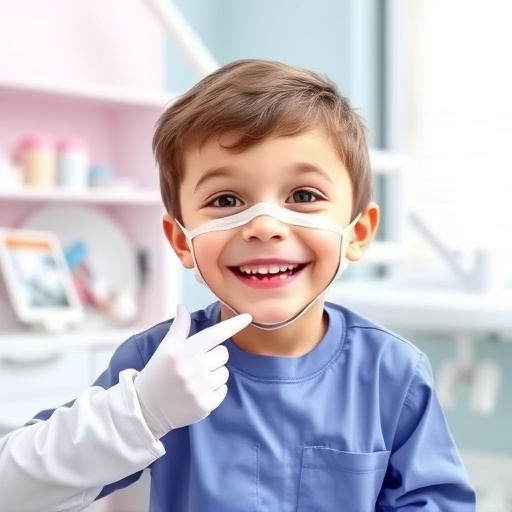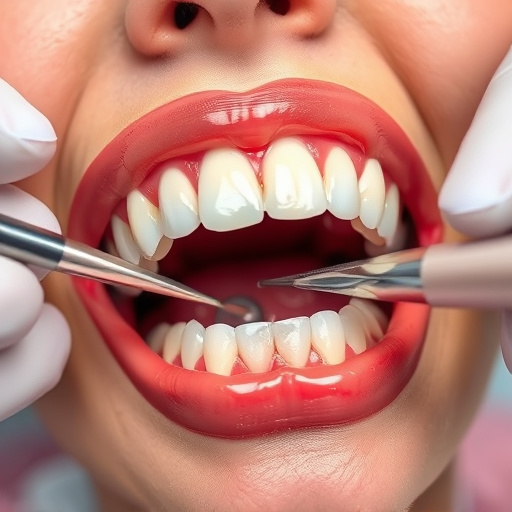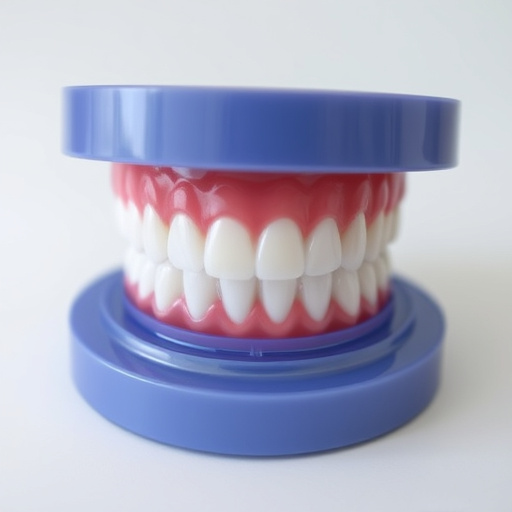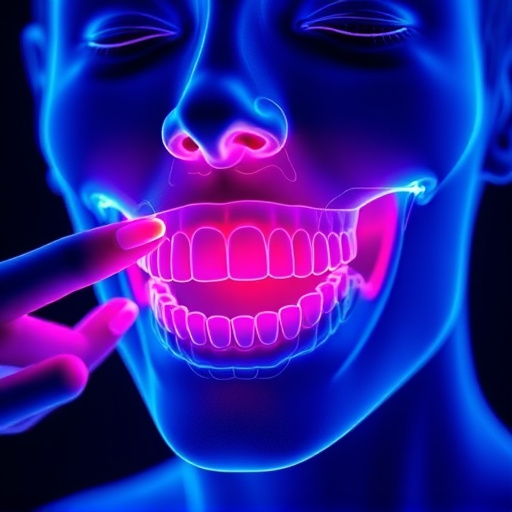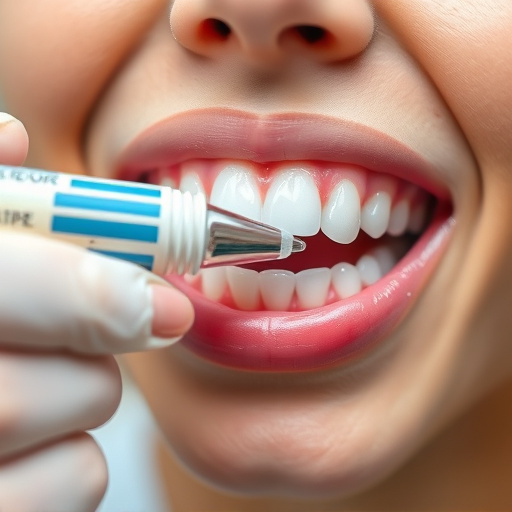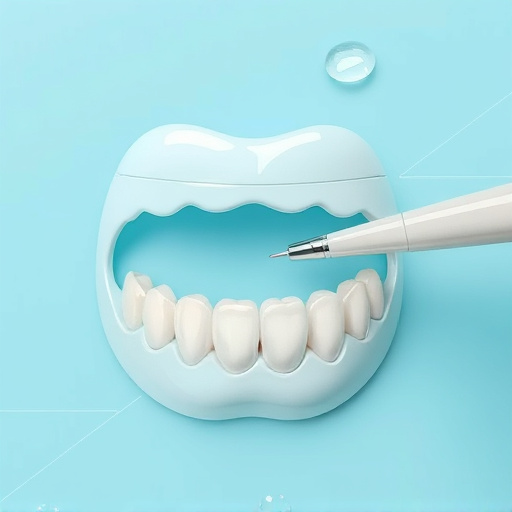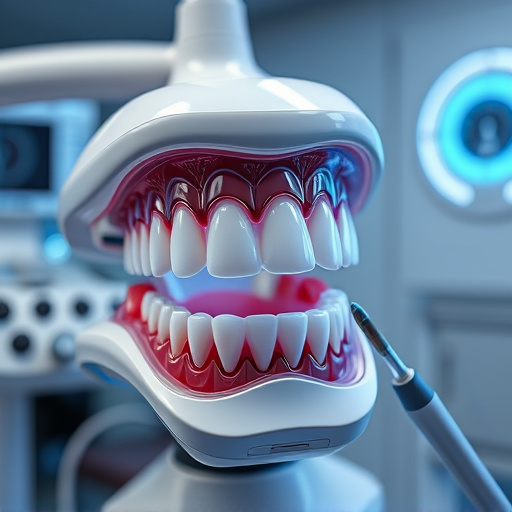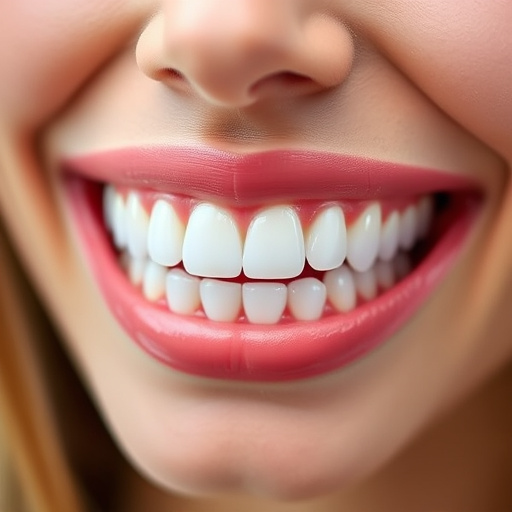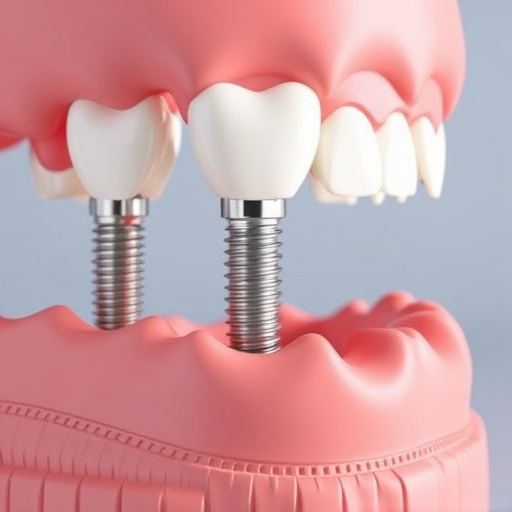Preventive dentistry programs, emphasizing regular check-ups, cleanings, education, and modern technologies like clear aligners, proactively maintain and improve oral health. This approach reduces the need for extensive restorative procedures, enhances aesthetics, and saves costs compared to treating problems after they arise. Implementing a comprehensive program, regularly assessing patient progress, educating on self-care, and addressing post-surgery concerns are key to achieving and preserving long-lasting optimal oral health outcomes.
Smile brighter and embrace a healthier oral future with our guide on creating a comprehensive preventive dentistry program. Discover how this proactive approach can revolutionize your dental care, reducing the risk of common issues and saving you from costly treatments. We’ll explore the core components of an effective program, offering insights into oral health maintenance. From understanding the fundamentals of preventive dentistry to implementing practical strategies, this article is your roadmap to a lasting, confident smile.
- Understanding Preventive Dentistry: Its Role and Benefits
- Components of an Effective Preventive Dentistry Program
- Implementing and Maintaining Your Program for Long-Lasting Oral Health
Understanding Preventive Dentistry: Its Role and Benefits
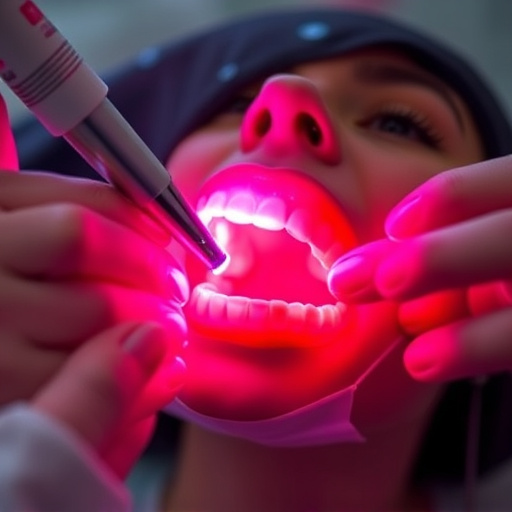
Preventive dentistry is a proactive approach to oral health that focuses on maintaining and improving the overall condition of your teeth and gums. It goes beyond the traditional dental care, which often deals with treating problems after they arise. A preventive dentistry program involves regular check-ups, cleanings, and other measures aimed at deterring the onset or progression of dental issues.
By embracing this strategy, individuals can enjoy a multitude of benefits, including improved oral health, reduced need for extensive restorative procedures like dental implants, and enhanced aesthetic appeal through better care for teeth and gums. This proactive approach also saves time and money in the long run, as it’s more cost-effective to prevent problems than to treat them after they’ve developed, often requiring more complex procedures such as cosmetic dentistry.
Components of an Effective Preventive Dentistry Program
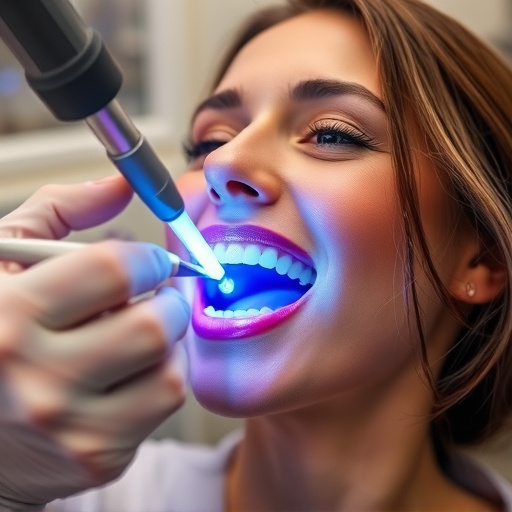
A comprehensive preventive dentistry program is a cornerstone for maintaining optimal oral health. Key components include regular check-ups and professional cleanings every six months to remove plaque buildup and catch potential issues early. Educational initiatives teaching proper brushing, flossing, and diet control are also vital, empowering patients to make informed choices at home.
Furthermore, integrating modern technologies like clear aligners for orthodontic corrections offers a nearly invisible solution for straightening teeth, enhancing patient compliance. Emergency dental care services should be readily accessible to address unexpected problems, ensuring timely interventions that prevent small issues from escalating into more complex and costly restorative dentistry needs.
Implementing and Maintaining Your Program for Long-Lasting Oral Health
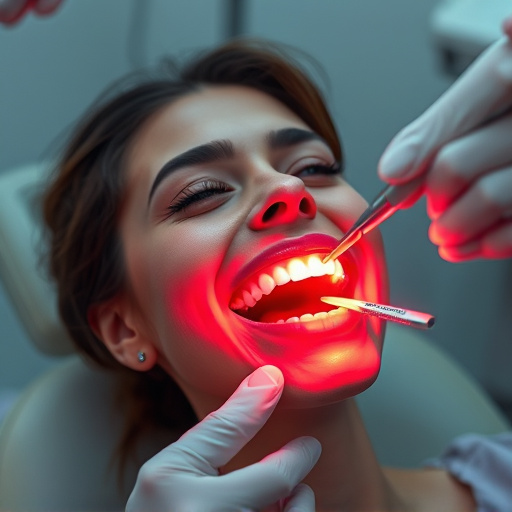
Implementing a comprehensive preventive dentistry program is just the first step; maintaining it is key to achieving and preserving long-lasting oral health. Once your plan is in place, ensure regular check-ins with patients to assess their progress and address any concerns. Educate your patients on the importance of consistent self-care practices, such as daily brushing and flossing, alongside professional dental cleanings. Regularly scheduled appointments for both preventive measures will go a long way in reducing the need for more extensive restorative dentistry procedures down the line.
Moreover, stay vigilant about potential issues that may arise. For example, while wisdom tooth removal is often part of preventive care, it’s crucial to monitor patients post-surgery and address any complications promptly. Regular reviews of your program’s effectiveness will enable you to adapt and refine your strategies, ensuring optimal oral health outcomes for your patients.
A well-structured preventive dentistry program is a game-changer in ensuring long-term oral health. By combining regular check-ups, proper hygiene practices, and educational initiatives, we can significantly reduce dental issues. Embracing this proactive approach not only saves time and money but also fosters a healthier, happier smile for years to come. Implement these strategies today and let’s all smile brighter together!
